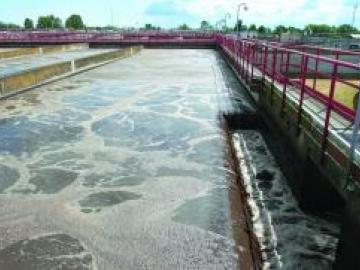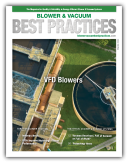Measuring Blower Airflow in the Field
Most electric utilities offer customer incentives for implementing energy conservation measures (ECMs) Incentive programs pay customers to use less energy. In some cases they are mandated by legislation and in others the incentives are driven by the utility’s desire to avoid building new generating capacity. Some incentives are based on reduced energy use (kWh) and some are based on lower peak demand (kW).



